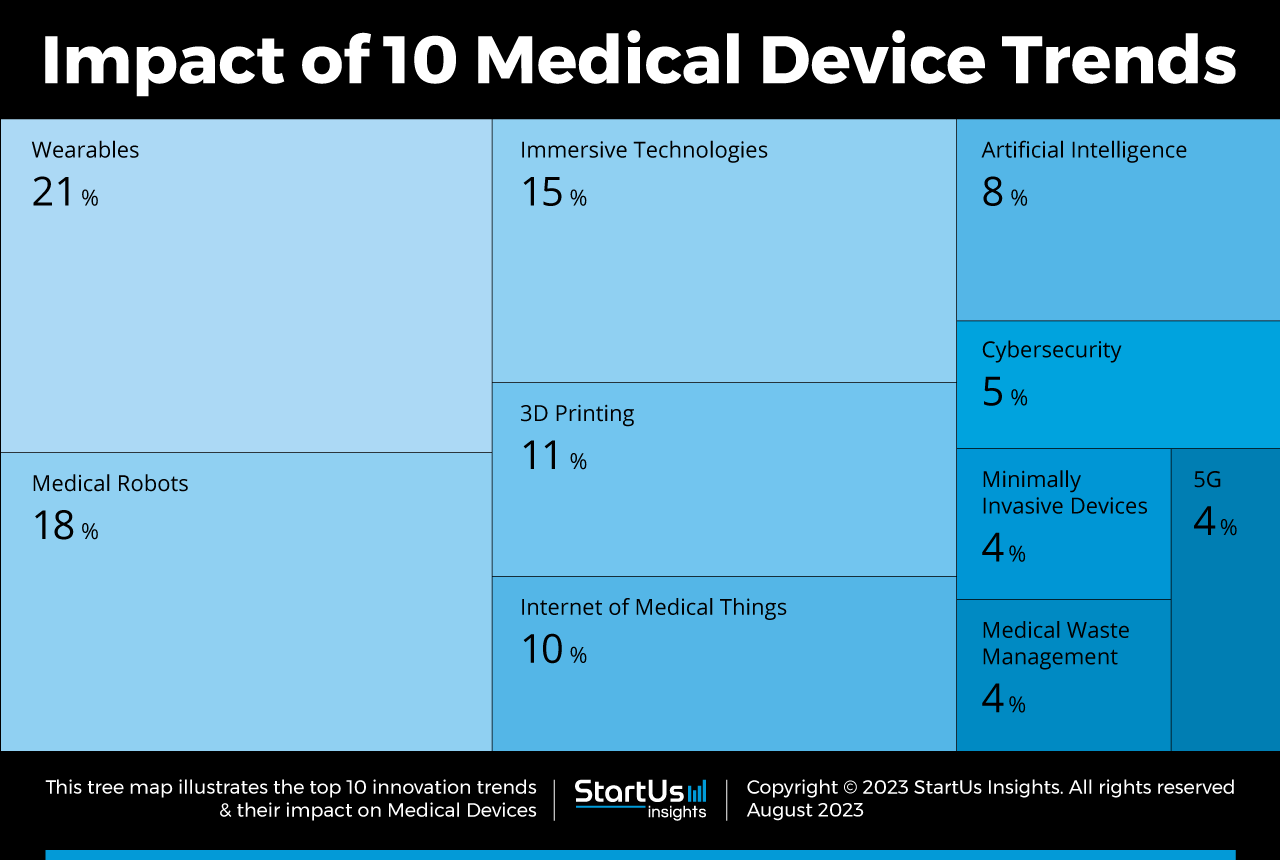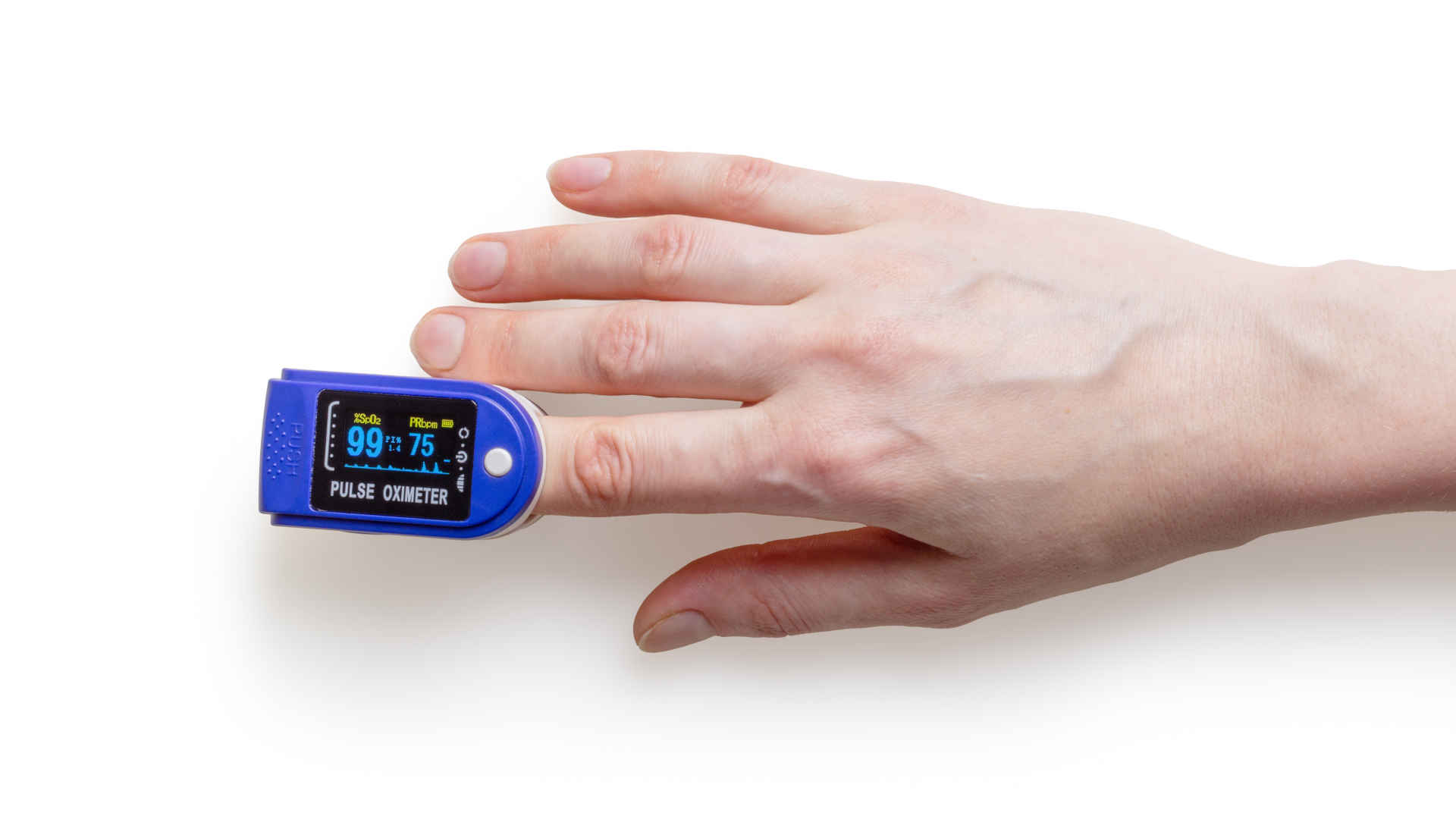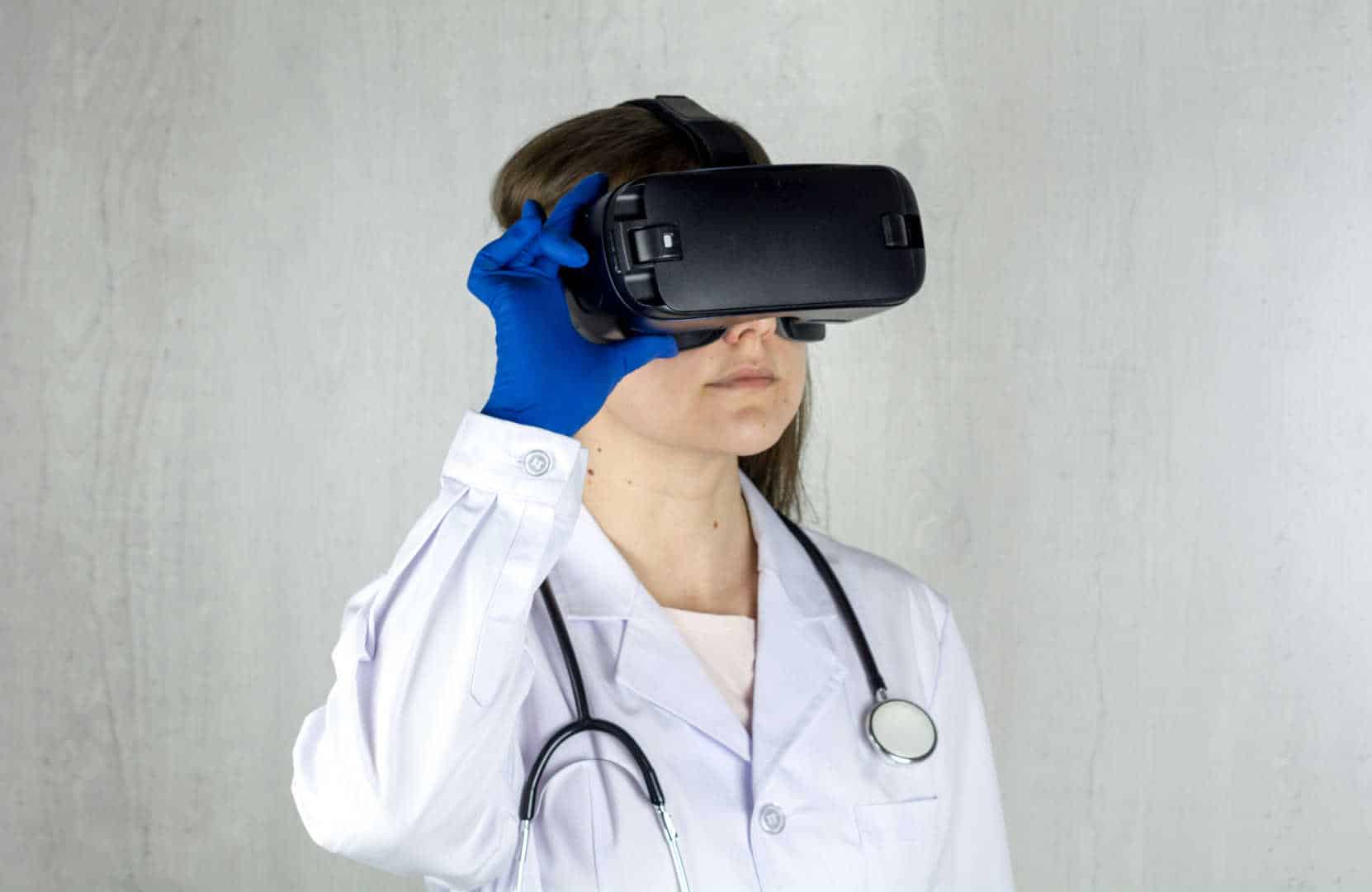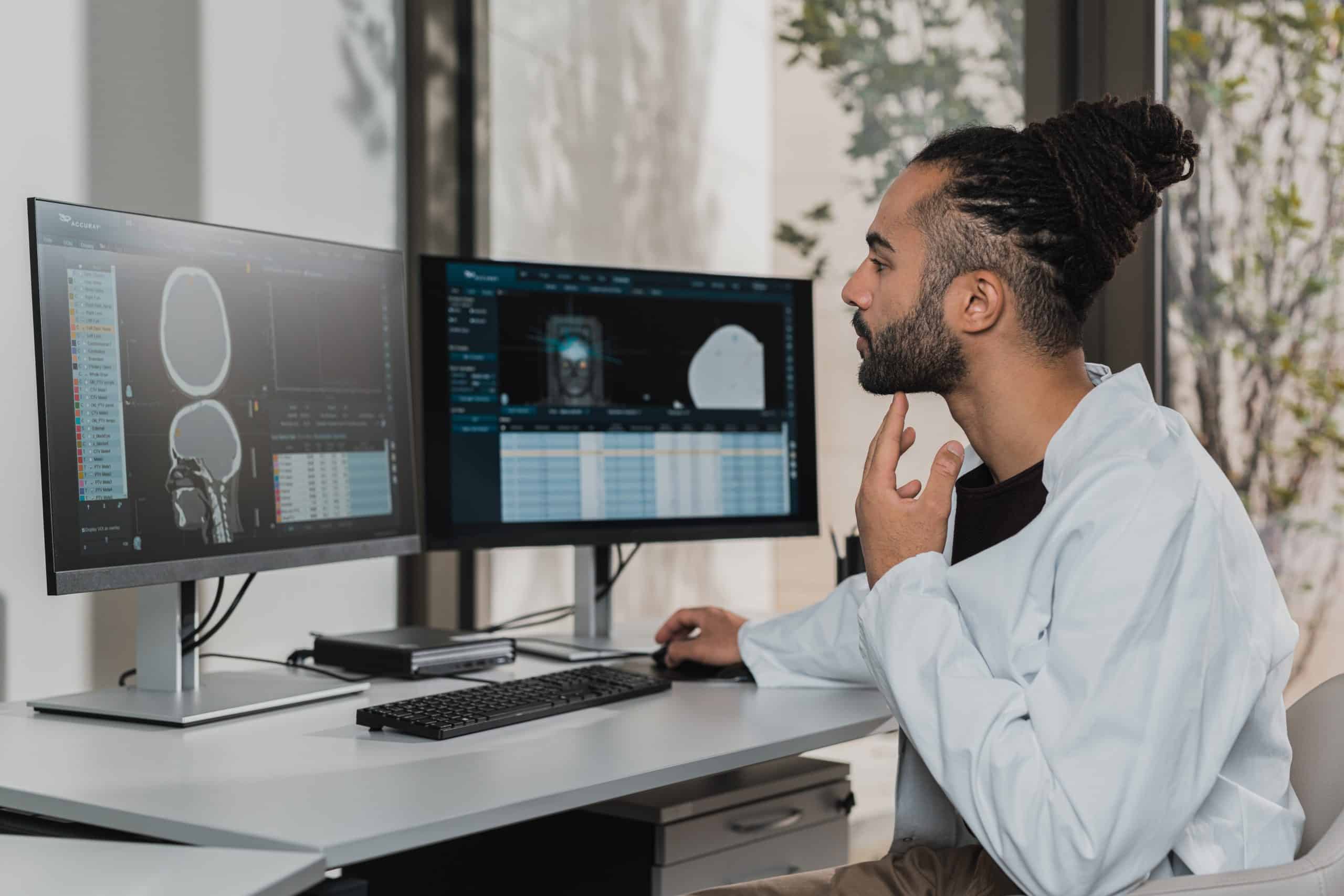5 Trends Shaping the Future of Advanced Medical Devices
Artificial intelligence, surgical robots, custom prosthetics printed on-site, tiny devices sending information from inside the body to medical teams miles away – we live in a time when so much real innovation is happening in the advanced medical device real world that sci-fi may become obsolete!
We live in a time when so much real innovation is happening in the advanced medical device real world that sci-fi may become obsolete! Share on XPlayers in the healthcare landscape, such as advanced medical device developers, startups, and companies, are at the forefront of innovation. This visual from StartUs Insights is a good overview of trends affecting the advanced medical device landscape.

This post will explore five key areas that are shaping the future of medical devices:
- Innovations in connectivity and the paramount importance of cybersecurity
- The increasing utilization of AI
- The push towards miniaturization in medical devices
- The adoption of 3D printing and medical robotics
These trends are reshaping the healthcare industry, improving patient outcomes, and driving growth for those at the cutting edge of medical device development.
Connectivity Innovation: 5G Technologies, Wearable Tech, Internet of Medical Things (IoMT)
The rollout of 5G networks is revolutionizing the healthcare landscape, enabling real-time communication between medical devices, healthcare professionals, and data centers. This is particularly important for telemedicine, remote surgeries, and the rapid exchange of large medical datasets.
Wearable devices, from consumer market fitness trackers to outpatient monitoring, have become ubiquitous in healthcare. These devices monitor vital signs, track physical activity, and provide valuable health insights to users. As AI algorithms improve, wearables will play an increasingly significant role in preventative care and early disease detection.
Wearables and implanted devices comprise an ecosystem of interconnected medical devices often called the Internet of Medical Things (IoMT). The IoMT facilitates seamless data exchange, enabling healthcare providers to make informed decisions quickly. IoMT devices can monitor patients in real-time, automate medication delivery, and even predict disease outbreaks based on aggregated data.
Network and cloud innovations enable medical device connectivity at a scale that was impossible 20 years ago. We are seeing an exponential increase in patient data moving across networks. This has multiple benefits yet raises significant challenges in privacy and patient data.
Cybersecurity
Perhaps the most significant trend in advanced medical devices isn’t a device at all, it’s cybersecurity, at least from an FDA approval standpoint. As medical devices become more interconnected, ensuring cybersecurity is the top priority.
Integrating AI, remote monitoring, and connectivity introduces new situations vulnerable to cyberattacks. Protecting patient data and the integrity of medical devices is an ethical and regulatory imperative. Healthcare providers and device manufacturers should keep up with the latest developments in data protection regulations, such as HIPAA (Health Insurance Portability and Accountability Act) in the US.
Best practices now mean advanced medical device developers prioritize cybersecurity from the design phase, implementing robust encryption, authentication mechanisms, and regular software updates to address vulnerabilities.
In the field, healthcare organizations should establish strict access controls and continuously monitor device networks for suspicious activity to prevent data breaches and unauthorized access to sensitive patient information.
Cybersecurity compliance also includes training healthcare professionals and consumers on best practices and potential risks. Post-market education and awareness campaigns can help prevent data breaches and device compromises.
The Rising Use of AI-Optimized Medical Devices
Artificial intelligence is emerging as a game-changer across many sectors, and the advanced medical device industry is no exception. Developers are harnessing AI to enhance medical devices’ accuracy, efficiency, and efficacy across various domains, including diagnostics, treatment, and patient monitoring.
AI-powered medical devices are revolutionizing diagnostics by using advanced algorithms to analyze medical images such as X-rays, MRIs, and CT scans with unprecedented speed and accuracy. These AI-enhanced diagnostic tools aid healthcare professionals in detecting diseases at an earlier stage, leading to more effective treatments and improved patient outcomes.
One of the most promising areas is in the early detection of anomalies. For instance, AI-driven software can detect subtle abnormalities in mammograms, aiding in the early detection of breast cancer. AI algorithms can also analyze retinal scans to identify signs of diabetic retinopathy, enabling timely interventions to prevent vision loss.
Another exciting application of AI in medical devices is personalizing treatments. AI analyzes patient data to recommend personalized treatment plans, optimizing drug dosages and treatment strategies. This enhances the effectiveness of treatments and minimizes potential side effects.
AI-driven wearable devices are transforming remote patient monitoring. These devices collect and analyze patient vital signs, activity levels, and overall health data, then transmit it to healthcare providers. This allows for proactive interventions and reduces hospital readmissions.
For instance, smartwatches with AI algorithms can detect irregular heart rhythms and notify users and their physicians, potentially preventing heart-related complications.

The chart shows an overall view of growth in different wearables sectors. AI integration will accelerate improvements and efficacy in wearables.
Beyond wearables, AI is not a stand-alone innovation. Developers will continue integrating AI into advanced medical device projects for years to come.
Micro Is the New Big – Miniature Medical Devices
From critical care to surgery to monitoring, the increasing trend toward miniaturization in medical devices offers several advantages, including improved patient comfort, portability, and minimally invasive procedures.
Miniature medical devices are revolutionizing minimally invasive surgery (MIS). Often equipped with advanced robotics and AI, these devices enable surgeons to perform complex procedures through small incisions. This approach reduces recovery times, lowers the risk of infection, and enhances patient outcomes.
For example, miniature devices are revolutionizing tumor diagnosis. The Harvard Gazette reported in September 2023 that researchers from Brigham and Women’s Hospital are developing a device about the size of a rice grain. Over the 2-3 hours the device is implanted, it administers tiny doses of up to 20 drugs into tiny areas of the patient’s brain tumor. Doctors then remove the device and the surrounding tissue for further lab analysis.
Advancements in miniaturization are paving the way for other implantable medical devices that can monitor, treat, or stimulate various bodily functions. Tiny, implantable sensors and devices enable remote monitoring of health conditions. For example, implantable cardiac devices like pacemakers and defibrillators are now smaller, more durable, and capable of continuous monitoring, providing better care for patients with heart conditions.
Devices transmitting data in real-time to healthcare providers ensure timely interventions when necessary. This is especially valuable for patients with chronic illnesses who require continuous monitoring and adjustments to their treatment plans.
Adoption of 3D Printing of Medical Devices
Adopting 3D printing in the medical field has opened up new avenues for innovation and customization across the entire device life cycle, from development to end users. advanced medical device developers can use 3D printing to prototype new devices and iterate on designs quickly. This accelerates the development process and allows for quick testing and validation of concepts.
In the marketplace, 3D printing allows for the creation of custom implants and prosthetics tailored to each patient’s unique anatomy. This improves the fit and comfort of these devices and enhances their functionality, making them suitable for orthopedic surgeries, dental procedures, and more.
Surgeons can use 3D-printed anatomical models to plan and practice complex surgeries. This technology offers a tangible and accurate representation of a patient’s anatomy, enabling surgeons to refine their techniques and reduce surgical risks.
Medical Robotics
While medical robotics have been on the scene since the 1990s, the field is expanding rapidly across an increasing array of innovations and applications.
Robotic surgical systems exemplify this trend, such as the recently approved MicroPort Navibot robotically assisted total knee replacement solution. These robots can perform minimally invasive procedures with smaller incisions, reduced scarring, and shorter recovery times.
Robotic exoskeletons and assistive devices are employed in rehabilitation and physical therapy settings to help patients regain mobility and strength. These devices can provide targeted support and adapt to the patient’s progress.
Robots are playing a critical role in telemedicine and remote surgery. Surgeons can operate on patients in distant locations, bringing specialized care to underserved areas and improving access to healthcare.
Moving Ahead
Advanced medical device technology trends are accelerating, pushing regulatory agencies for updated guidance and creating new complexity for advanced medical device teams.
Do you have questions about the implications of evolving advanced medical device trends on your project? Could you use a trusted partner by your side on this journey? At Galen Data, we’re in the business of building relationships for the long haul.
We have deep experience and current expertise in adapting to the latest trends and regulations. We are happy to walk through some scenarios with you. Reach out today to get the conversation started.






